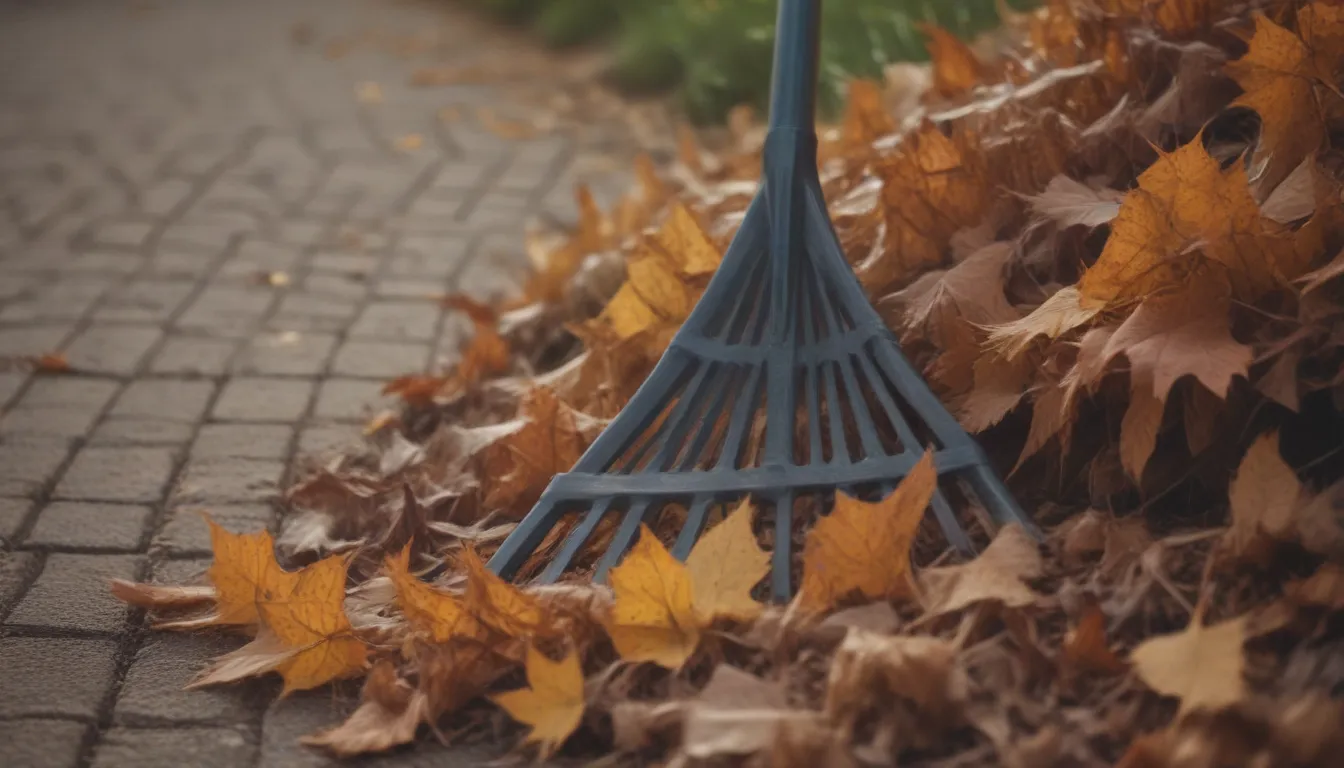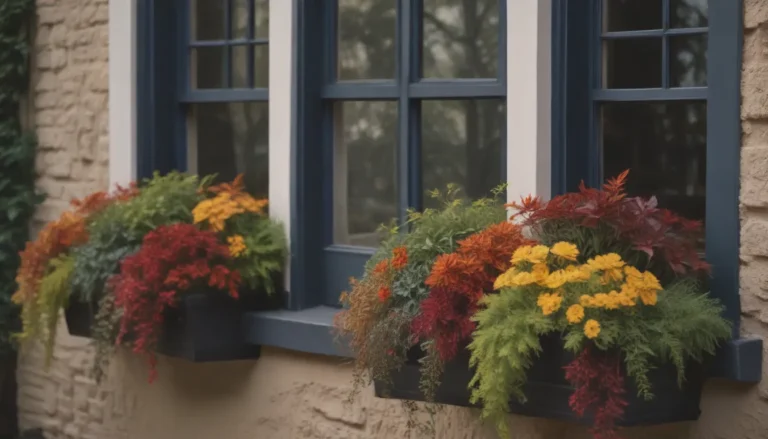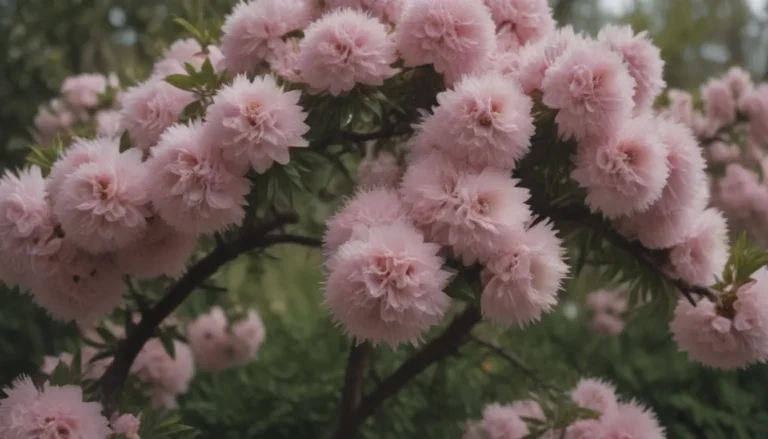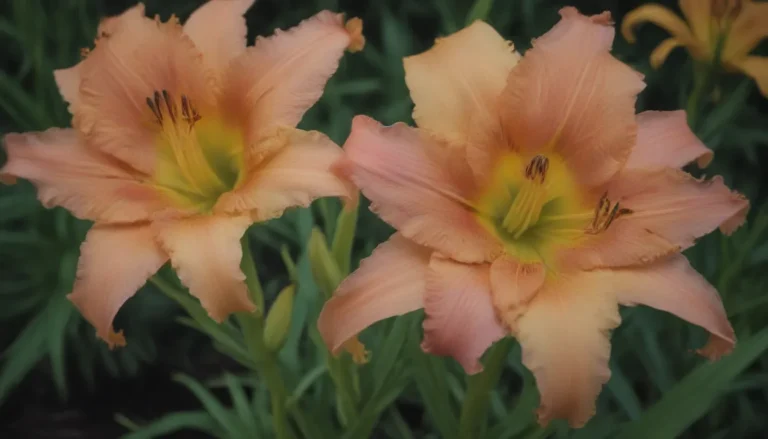The Importance of Raking Leaves for a Healthy Lawn

You might have questioned whether it is necessary to rake leaves off your lawn, especially when they add a touch of beauty with their vibrant colors. However, raking leaves plays a crucial role in maintaining the health of your yard. While it may seem like a labor-intensive task, the benefits far outweigh the effort involved.
Benefits of Raking Leaves
Raking leaves offers several advantages, not only for your property but also for the environment. One of the primary benefits of raking leaves is promoting the growth of your grass. A thick layer of fallen leaves can block sunlight from reaching the grass, hindering its growth. This is particularly important for cool-season grasses like Kentucky bluegrass, as they thrive in the fall season and need adequate sunlight to strengthen their root systems.
While it’s not necessary to obsess over every single leaf on your lawn, raking can help maintain a healthy grass cover. For those who plan on mowing their lawn at least one more time in the autumn, any remaining leaves can be shredded by the mower blade without causing harm to the grass.
Additional Benefits of Raking Leaves
- Prevents the accumulation of thatch, which can suffocate the grass.
- Improves air circulation, allowing the grass to breathe.
- Enhances the overall appearance of your yard by keeping it tidy and well-maintained.
When to Rake
Autumn is the ideal time to rake leaves, striking a balance between early and late raking. It is best to rake before the first frost or snowfall of late autumn or early winter, while the leaves are dry. Some homeowners prefer to rake as the leaves fall, while others wait until all the leaves have dropped before tending to their yard. Regardless of your approach, ensure that the leaves are dry to make raking easier.
In addition to autumn raking, spring is also a suitable time for this task. Raking in the spring helps loosen patches of matted grass that may have succumbed to winter conditions, preventing the formation of thatch.
What to Do With the Leaves
If you choose to rake up your leaves, there are practical ways to repurpose them in your yard. One option is to add them to your compost pile, ensuring that larger leaves are chopped up for faster decomposition. Alternatively, you can create leaf mulch by shredding dry leaves with a lawnmower and using them to insulate plantings or enrich garden soil.
Tip:
- Keep dry leaf mulch away from plant trunks to prevent mold and promote airflow.
Reasons Not to Rake
While raking leaves is beneficial for your lawn, there are instances where leaving them on the grass can actually be advantageous. When leaves decompose naturally, they release essential nutrients back into the soil, enriching it. Leaf litter also helps preserve soil moisture and suppress weeds, creating a more sustainable environment for plants.
Moreover, leaving leaves on the ground provides habitat for insects and birds. Moths and butterflies lay their eggs in leaf litter, while birds forage for food amongst fallen leaves. By raking up all the leaves, you could disrupt this delicate ecosystem.
Alternatives to Raking Leaves
If the thought of raking leaves seems daunting, there are alternative methods to manage them effectively. Using a leaf blower can save time and effort, especially for large quantities of leaves. Opt for a leaf blower with vacuuming capabilities to collect leaves for composting.
For a thin layer of leaves, consider using a mower equipped with a blade to cut them into smaller pieces. Leaving the remnants on the lawn allows them to decompose naturally, providing nutrients to the soil and benefiting local wildlife.
Warning:
- Avoid burning leaves, as it releases harmful chemicals like carbon monoxide.
- Refrain from sending leaves to landfills in plastic bags, as this is harmful to the environment.
In conclusion, the decision to rake leaves off your lawn ultimately depends on your preferences and the specific needs of your yard. Whether you choose to rake or leave the leaves, it’s essential to consider the impact on your lawn’s health and the environment. By understanding the benefits of raking leaves and exploring alternative methods, you can maintain a vibrant and healthy lawn throughout the changing seasons.





